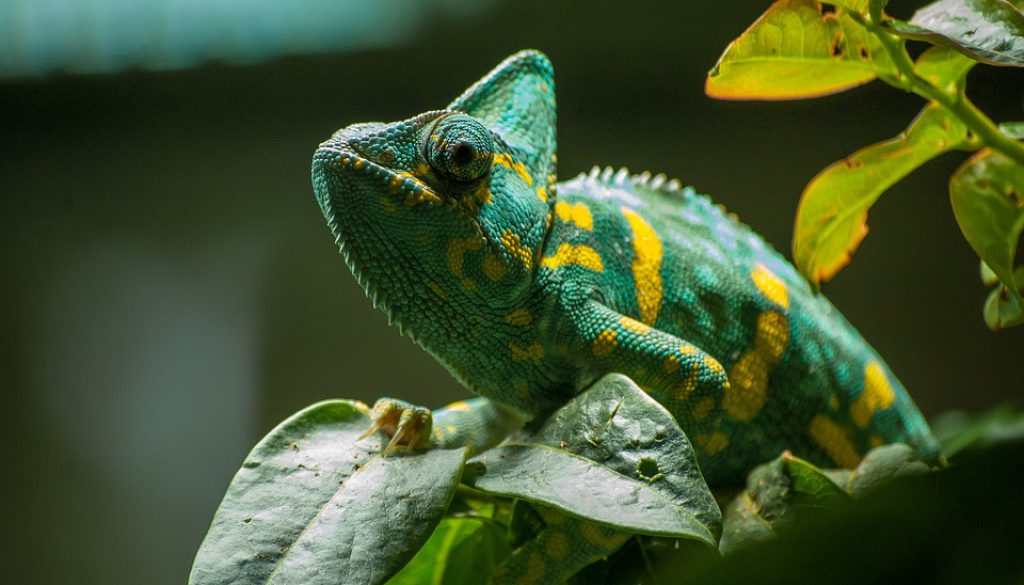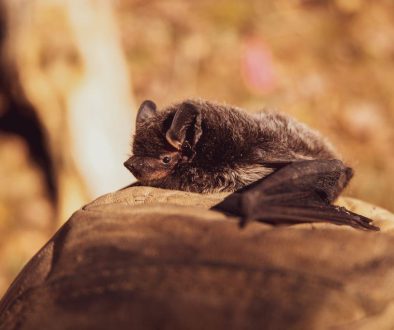Nature has its share of captivating creatures, but none quite as enigmatic and fascinating as the chameleon. These little reptiles are not only a visual treat but also a marvel of evolution.
Reptiles: An Overview
Reptiles, a class of cold-blooded vertebrates, grace our planet with their intriguing diversity, from mighty crocodiles to slithering snakes. These creatures have scaly skin, lay eggs, and are known for their ability to adapt to various habitats, showcasing nature’s brilliance.
The Fascinating World of Chameleons
Among reptiles, chameleons hold a special place. Primarily found in Madagascar and parts of Africa, these creatures exhibit behaviors and features that leave many spellbound. Their unique abilities, especially the talent to change skin color, set them apart in the animal kingdom.
Chameleons’ Unique Ability to Change Color
One of the most mesmerizing traits of chameleons is their skin’s color-changing ability. This isn’t just about blending in; it’s a complex response to environmental factors, emotions, and communication signals. This transformation occurs due to special cells, laden with pigments, that change their arrangement under the chameleon’s skin.
The Role of Color Change in Camouflage
While chameleons do use color change for communication, its primary purpose is camouflage. By imitating their surroundings, they can evade predators and also sneak up on unsuspecting prey, showcasing an evolutionary advantage.
Diversity of Chameleon Species
Did you know there are over 200 known species of chameleons? From the tiny Brookesia micra, which can comfortably sit on your fingertip, to the larger Parson’s chameleon, their variety is astonishing.
Chameleon Diet and Feeding Habits
Insects, beware! Chameleons are insectivorous. With their ballistic tongues, which can be as long as their bodies, they can catch prey from a distance in a fraction of a second. Their diet mainly consists of insects, but larger species might even feast on small birds and lizards.
Chameleon Habitat and Natural Environment
Chameleons are primarily tree dwellers, enjoying the canopy’s lush green. From rainforests to savannas, these creatures have made a variety of environments their home. However, Madagascar stands out as the chameleon capital, housing the majority of chameleon species.
Chameleons in the Lizard Family
Belonging to the lizard family, chameleons are a distinct branch, recognized for their zygodactylous feet, long tongues, and, of course, their color-changing skin. Their unique features differentiate them from other lizards, making them a subject of intrigue for many.
Pet Care for Chameleons
Their captivating charm has made chameleons popular pets. However, they require dedicated care. From ensuring the right habitat, temperature, and humidity to providing a diet that mirrors their natural feeding habits, caring for a chameleon is both a challenge and a delight.
The Lifespan of a Chameleon
While these creatures bring a lot of charm to our world, their time here is relatively short. Depending on the species, chameleons can live anywhere from 2 to 8 years, with proper care playing a crucial role in determining their lifespan.
The Impressive Eyesight of Chameleons
Chameleon eyes are nothing short of a marvel. They can rotate and focus independently, giving them a 360-degree view of their surroundings. This extraordinary eyesight not only helps them locate prey but also keeps them aware of potential threats.
Conclusion
Chameleons, with their myriad of features and behaviors, truly are nature’s masterpieces. As we delve deeper into understanding these creatures, we are reminded of the wonders our world holds and the importance of preserving such treasures.




